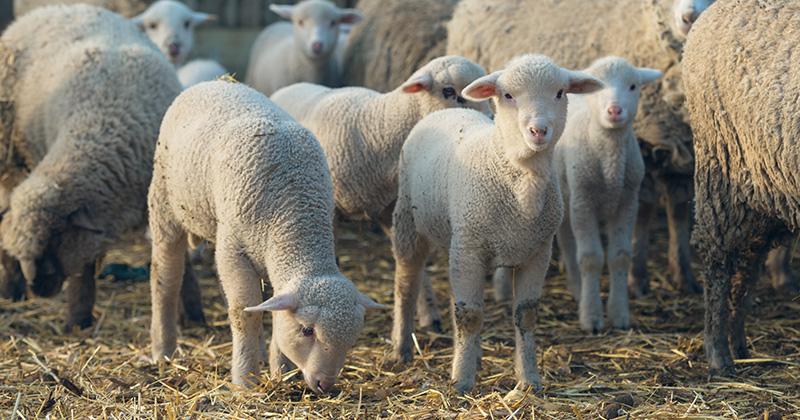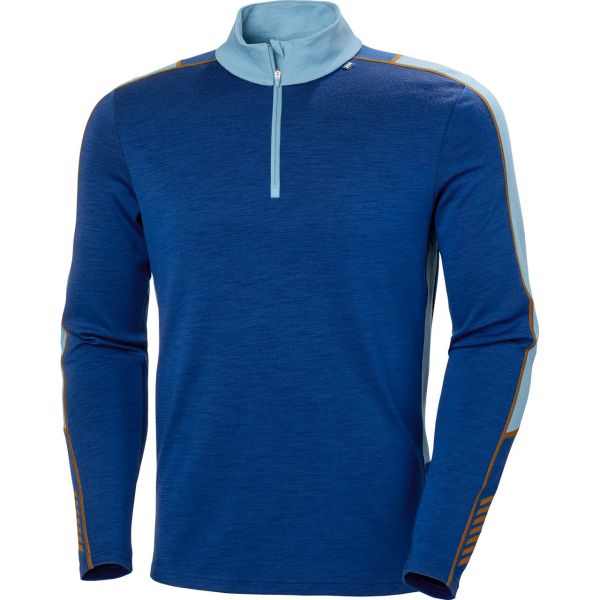Handy Ideas On Picking Merino Wool Base Layers For Hiking
Wiki Article
What Is The Major Difference Between Merino Sheep And The Other Breeds?
Merino sheep differs from other breeds. Merino sheep also have fine wool. Merino's wool is soft and finer in comparison to other breeds of sheep. Merino wool is highly valued due to its warmth, versatility and comfort.
Adaptability Merino sheep exhibit an excellent degree of adaptability to a variety of climates. They can thrive in both warm and cold climates and are able to tolerate a variety of temperatures.
Resilience- Merino sheep are known for their resilience and toughness. They can withstand harsh conditions of the elements and are invulnerable to common diseases of sheep.
Fertility - Merino sheep can produce many offspring in one year. They have high fertility.
Grazing habits- Merino sheep have a distinct grazing habit that helps keep them healthy and well-being. They are cautious and selective when they graze, which prevents them from overgrazing or eating poisonous plants.
BreedingThe breeding process Merino sheep are often selectively bred to create the finest quality wool. There are a variety of Merino sheep varieties each with its distinctive characteristics and traits.
Merino sheep are highly prized for their fine wool, flexibility and adaptability. They are an invaluable resource for the wool sector and are highly appreciated by breeders and farmers around the world.

What Is The Difference Between 3/4 Length, Long Sleeves, Hooded And Zip-Neck Base Layers Made Of Merino?
The various types of Merino wool base layers that are available, including 3/4 length, long sleeves as well as zip-neck, hooded and long sleeve have distinct features and benefits. Here are the details on the differences and how to select the most suitable 3/4-length Merino sheep wool base layer. This type of base layer is ideal for use in cold to mild weather and can be worn under shorts or pants. These are good for activities where you don't need full-length bases layers but still want warmth.
Long Sleeve Merino wool layer base layers are designed for warmth and the ultimate in comfort. They are available in a variety of weights, and are an excellent option for cold weather. Long sleeve base layers are perfect for low to moderate intensity activities in which you may need a little extra warmth.
Hooded Merino wool layer layers offer warmth and protection from the elements. They usually have the option of a hood fitted to be worn over helmets or other headwear. Hooded bases layers are a great option for activities that expose you to cold and windy conditions.
Zip-neck Merino sheep wool base layers were designed to provide temperature control and airflow. They generally have a zippered collar that can be pulled up or down in accordance with the conditions. You can use zip-neck base layers to perform activities like high-intensity sports that may require you to quickly regulate your body temperature.
Consider the weather conditions and intensity of the activity you're engaging in before deciding on the most suitable Merino wool base layer. Base layers of 3/4 length are ideal for moderate to cool climates Long-sleeved base layers are perfect for winter conditions. Hooded layers provide additional protection against cold and windy conditions. Zip-neck base layers are great for any activity where your body needs to regulate its temperature quickly. You should also be aware of the fit, and allow full movement. Go try men's ski clothes at koraoutdoor.com for site info.

Why Is Merino And Himalayan Wool Used Together To Make A Perfect Base Layer For Skiing?
Merino wool and Himalayan Yak yarn can be combined to make a base layer that is perfect for skiing. Merino wool is well-known for its softness and moisture-wicking properties, as well as its ability to regulate temperature and softness. Himalayan yak wool, however is renowned for its warmth, durability, and warmth. The result of mixing these two types of fibers is a base layer that has exceptional warmth, moisture management , and air-flow. This makes it perfect for skiing. Merino Wool regulates the body's temperature. It draws water away from your skin and helps keep you dry. Yak wool is a great source of warmth in colder conditions as well as an additional layer of insulation. In addition, the blend of Merino wool and yak wool provides superior durability and resistance to wear and tear, which makes it a great option for a base layer to be used in intense sports like skiing. Merino wool combined with Himalayan wool yak wool creates an ideal base layer for skiing, or any other cold weather activities. Go best base layer for hiking online store for blog info.

Merino And Himalayan Himalayanyak Wool Ought To Be Used Over Other Wools In The Making Of Ski Clothes.
Merino, Himalayan and yak wool are excellent choices for ski clothes for several reasons. Warmth- Merino wool, as well as Himalayan and Himalayan yarn wool are very effective insulations. They are warm due to their high warmth to weight ratio, which means they're lightweight and comfortable to wear, while providing an excellent level of insulation.
Moisture management- Merino Wool and Himalayan Yak Wool are both great at controlling moisture. This helps them keep your body dry and comfortable while you're on the slopes. Both wools have natural moisture-wicking properties. This means they draw moisture from the skin, and then transfer it to the fabric's outer layers , where it is able to evaporate.
Breathability: Merino wool and Himalayan Yak wool are both very and breathable. They let air circulate throughout the fabric, helping to regulate body temperatures and stop overheating. This is crucial since it allows you to enjoy skiing comfortably.
Comfort- Merino and Himalayan wools are both extremely soft and comfortable. They are able to be worn close to the skin. They also can move in tandem with your body and allow you to move with all range of motion.
Sustainability- Merino Wool and Himalayan Yok Wool are both naturally, renewable fibers that are able to be biodegraded and recycled. They are an environmentally-friendly choice than synthetic materials like polyester or nylon.
Merino wool and Himalayan Yak wool offer a variety of benefits which make them excellent alternatives for ski gear. They are warm and moisture-wicking, breathable and comfortable. They are an ideal choice for skiers who wish to feel comfortable and secure.